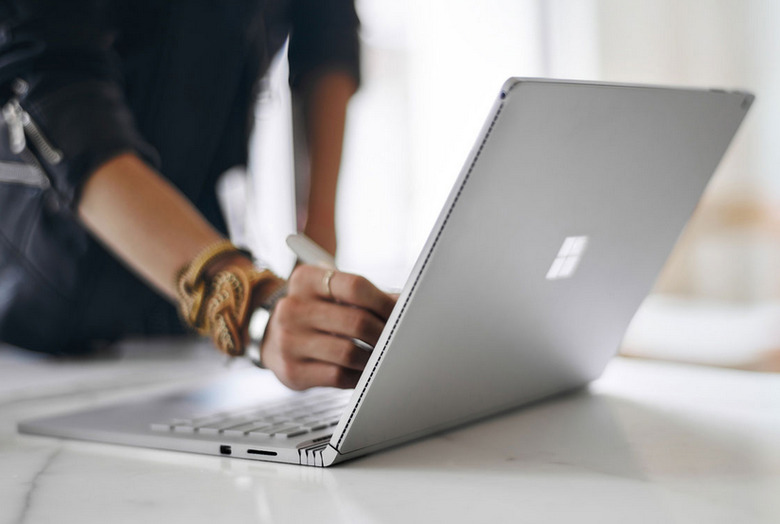The Story Of The Surface Book, From Concept To Creation
It's not often that we get the chance to be genuinely surprised at an announcement from a major tech company any more, but Microsoft managed to pull it off on Tuesday with the unveiling of the Surface Book.
Yes, we knew that there was going to be a bigger Surface on display, but we didn't know exactly what it would look like. As it turns out, Microsoft has secretly been developing its own full-scale laptop to compete with the likes of the MacBook Pro, but how exactly did the company's first laptop come to fruition?
DON'T MISS: Surface Book vs. MacBook Pro: Microsoft is ready to give Apple a run for our money
After the event on Tuesday, Microsoft's Panos Panay and Ralf Groene sat down with Mashable to walk them through the project, from the initial spark behind the scenes to the reveal that has the whole Internet buzzing this week.
"We had this conversation where Ralf waked in and he said, 'Hey, Panos, let's make a book,'" Panay told the publication. But after constructing a very rough mockup out of cardboard and tape, Panay got an idea lodged in his head.
"We had this vision of 'let's make something that feels like a book, let's go to the next level,'" said Panay. "And then," recalled Groene, "you walked into me in the lobby and said, 'Let's take the top off.'"
As you might imagine, the engineers had their work cut out for them. "I want to pull off the top and create a whole new category for people," said Panay. "This is Surface, this is what we do. Let's have people come with us on a reinvention."
It took six months for the engineering team to find a hinge they were satisfied with, one that was both functional and aesthetically pleasing. After all, if Microsoft was going to take on Apple's MacBook line, it would need a laptop that consumers would be proud to show off in coffee shops and offices around the world.
Along with being a stunning piece of hardware, the Surface Book is also an achievement in the world of software. "There's balance in the software," said Panay. "It's never been done before. This product is the first ever where the GPU is in the base and then a second GPU is in the top."
"The product that will bring this vision to life is this choreography between design and engineering and software coming together," added Groene.
You can check out the full story at Mashable.
